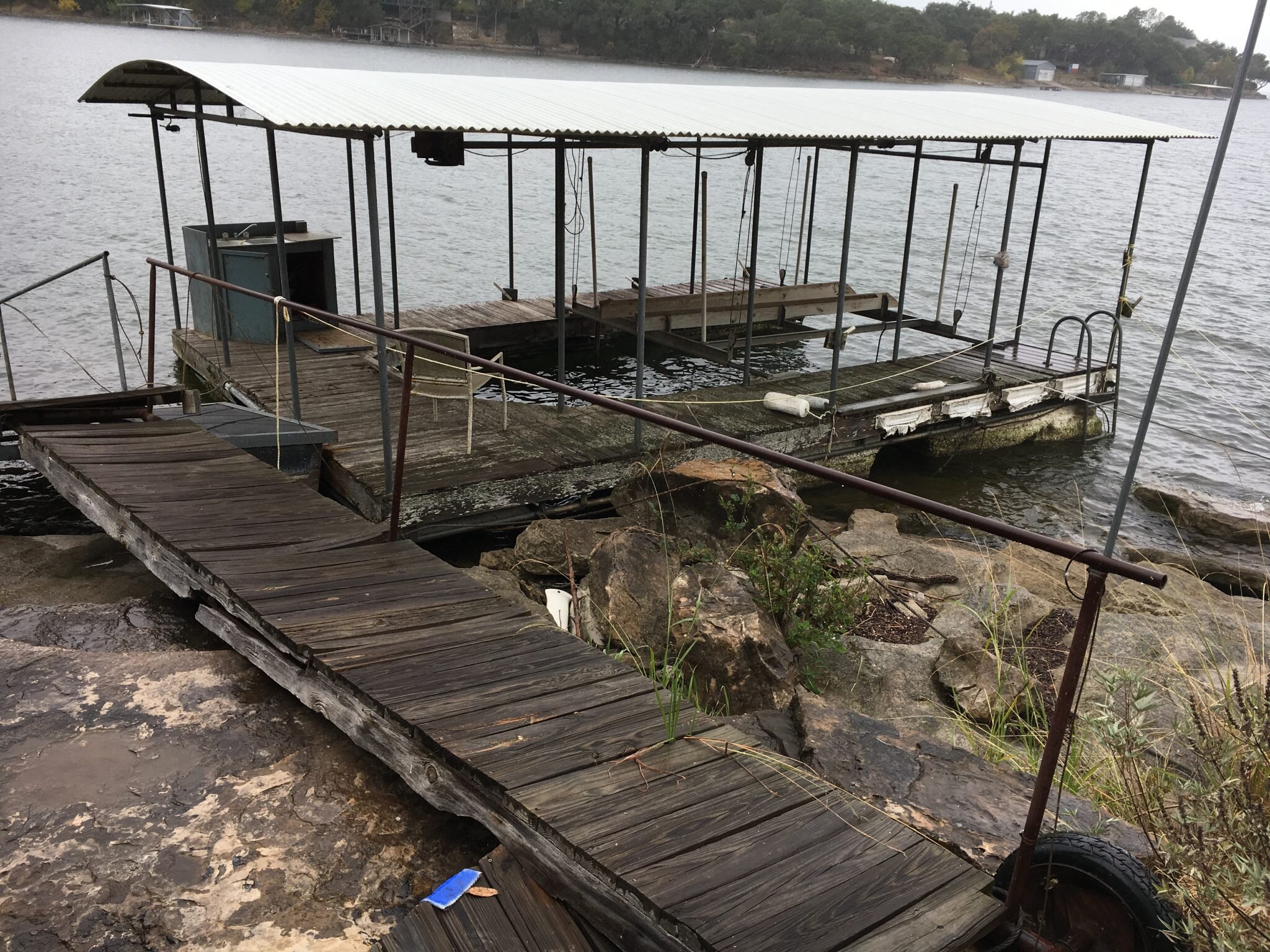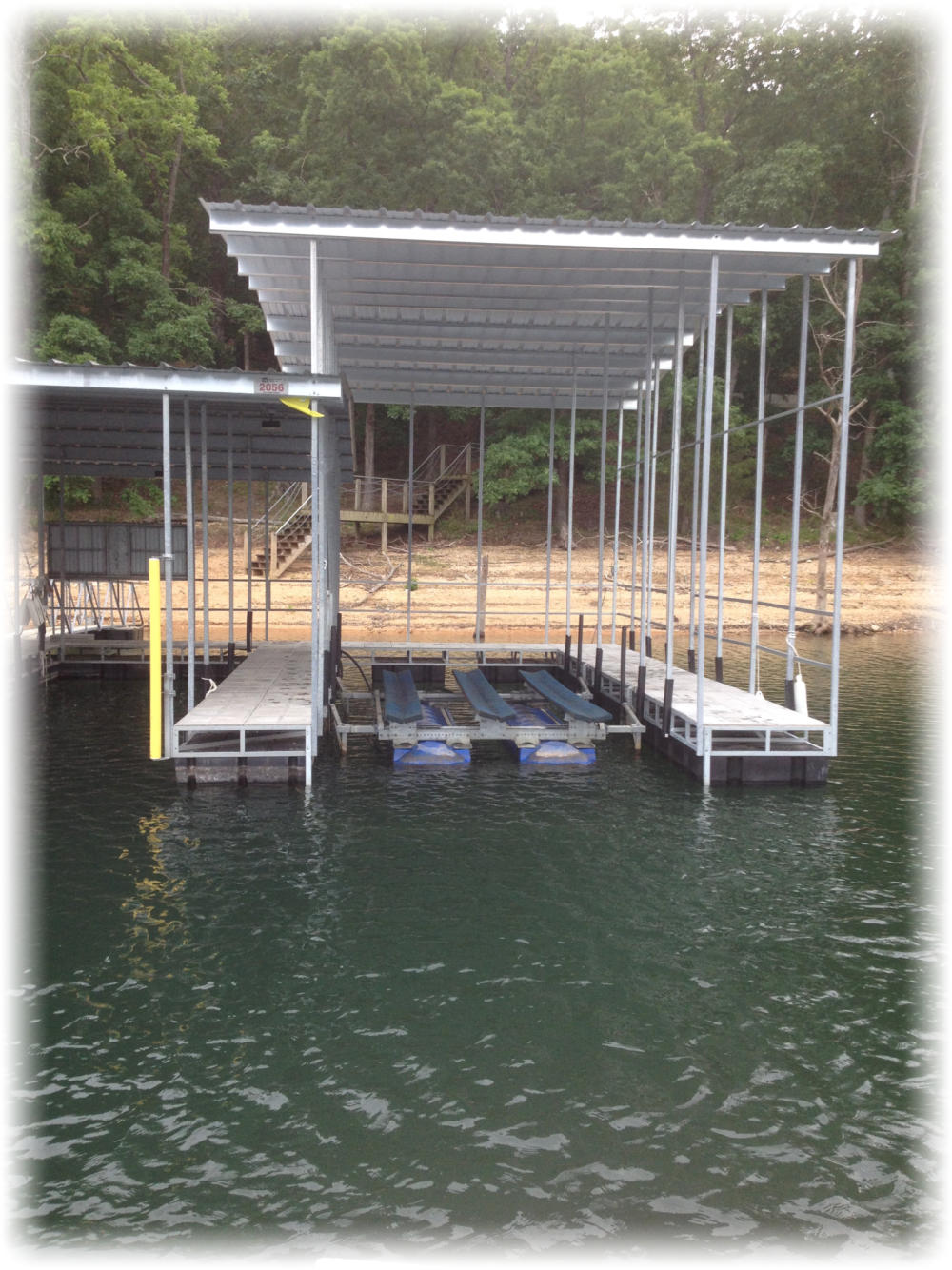Important Overview to Cost Effective Dock Repairs for Homeowners
Important Overview to Cost Effective Dock Repairs for Homeowners
Blog Article
Reliable Dock Repair Work Techniques: Making Sure Structural Stability
Guaranteeing the structural integrity of docks through effective repair strategies is extremely important for the long life and safety and security of aquatic facilities. This involves a multi-faceted approach beginning with thorough examinations making use of sophisticated technologies like sonar tools and from another location operated vehicles (ROVs) to detect both visible and hid damages. Subsequently, picking the ideal repair service products, such as composite materials and corrosion-resistant alloys, is crucial for longevity. Architectural reinforcement methods, consisting of the application of cross-bracing systems and load-distribution plates, play a vital duty in mitigating tension points. Nonetheless, the importance of these techniques ends up being apparent when discovering sophisticated repair approaches and preventative maintenance approaches.
Assessing Dock Damage
Analyzing dock damage is an important initial step in making sure the architectural integrity and safety of any type of docking center. This first evaluation includes a thorough inspection to identify both surprise and noticeable problems. Key aspects to take a look at consist of the dock's structure, pilings, outdoor decking, and equipment. Each part must be scrutinized for signs of wear, rot, corrosion, or other types of deterioration that can endanger the architectural stability.
Architectural designers or qualified examiners usually carry out these assessments using specialized tools and strategies. As an example, underwater inspections could use finder devices or remotely ran lorries (ROVs) to find immersed damage. Over water, aesthetic evaluations are complemented by making use of wetness meters and other analysis devices to uncover underlying concerns not promptly noticeable to the naked eye.

Finding Repair Materials
Selecting the suitable repair service products is a crucial action in the dock restoration process, one that directly influences the longevity and performance of the repaired structure. Material selection should be driven by elements such as environmental conditions, load-bearing demands, and compatibility with existing dock elements. Wood is a conventional option for docks due to its natural resilience and visual allure. Selecting the right type of wood, such as pressure-treated lumber or normally rot-resistant types like cedar or teak, is important to endure aquatic settings.
In enhancement to timber, composite materials are significantly prominent as a result of their longevity and low upkeep demands. Composites, commonly made from a blend of plastic and wood fibers, offer superb resistance to rot, insects, and UV damages. For metal anchors, choosing corrosion-resistant alloys such as galvanized steel or marine-grade light weight aluminum is important to prevent rust and ensure structural honesty in saline water conditions.
Epoxy resins and marine-grade sealants are indispensable for repairing fractures and securing joints, offering a water resistant obstacle and enhancing the dock's overall stamina. By diligently selecting premium products, dock repair work can accomplish durable results, thus securing versus future degradation and guaranteeing risk-free, trustworthy usage.
Structural Support Techniques
Efficient architectural support techniques are crucial in making sure the security and long life of dock repairs. One fundamental method includes using steel or composite support bars (rebar) within concrete frameworks. Rebar supplies added tensile toughness, protecting against cracks and distributing loads more uniformly. This technique is specifically reliable for anchors exposed to heavy loads or severe environmental conditions.
Another crucial strategy is the application of fiber-reinforced polymers (FRP) These products provide high strength-to-weight ratios and superb resistance to rust, making them optimal for reinforcing concrete or wood docks. FRP can be used in sheets or strips and bound with epoxy materials to improve structural honesty.
Supporting and anchoring systems additionally play a vital function in structural support. Cross-bracing, utilizing metal or wood beams, can neutralize lateral forces, minimizing swaying and motion. Anchoring systems, such as helical piers useful site or driven stacks, offer a secure foundation by moving loads to much deeper, much more secure soil layers.
Last but not least, the combination of load-distribution plates can aid distribute weight extra uniformly throughout the dock's surface, minimizing localized stress and anxiety points. These strategies collectively make sure that anchors stay risk-free and durable, with the ability of holding up against the rigors of their operational environment.
Advanced Repair Service Methods

An additional innovative strategy entails undersea welding, which permits for fixings to be performed without the demand to dewater the location. This approach is especially helpful for attending to architectural problems in submerged dock components, ensuring minimal disturbance to procedures. Improved welding methods, coupled with robotic systems, supply accuracy and dependability, thus extending the lifespan of the dock.
In addition, cathodic defense systems are carried out to stop corrosion in metallic dock frameworks. By utilizing sacrificial anodes or amazed current systems, these strategies successfully reduce the electrochemical processes that bring about product wear and tear.
Lastly, progressed tracking technologies, such as architectural health and wellness monitoring (SHM) systems, give real-time data on the condition of dock frameworks. These systems enable aggressive maintenance and prompt interventions, ultimately making sure the long-term architectural stability of the dock.
Upkeep and Prevention
Upkeep and prevention are basic ideas that underpin the long life and security of dig this dock frameworks. Routine examinations are vital, allowing for very early discovery of deterioration, possible weaknesses, and ecological impacts. An aggressive approach, entailing routine look for deterioration, rot, and structural changes, reduces pricey repairs and lengthens the dock's functional life.
Safety nets should include using protective finishings to steel components to defend against rust and utilizing cured wood to resist degeneration. In addition, ensuring appropriate water drainage and ventilation can avoid water build-up, which is an usual root cause of architectural degradation. Incorporating high quality products and sticking to manufacturer guidelines throughout building and construction and repair work phases likewise play crucial functions in boosting durability.

Training personnel in dock maintenance ideal techniques makes sure constant application of precautionary steps. Leveraging technological breakthroughs, such as drones for assessments and sensors for real-time monitoring, can further boost maintenance visit the site efforts. By focusing on upkeep and prevention, dock proprietors can make certain structural integrity, functional safety and security, and cost-efficient administration over the dock's lifespan.
Verdict
In final thought, maintaining the structural honesty of marine centers demands comprehensive dock repair service strategies. Advanced fixing techniques, combined with routine upkeep techniques, ensure the dock stays functional and safe under diverse environmental conditions.
Making sure the architectural honesty of anchors through effective repair work methods is critical for the durability and security of aquatic centers.Picking the ideal repair materials is a pivotal step in the dock restoration process, one that directly affects the long life and performance of the fixed framework.Efficient architectural reinforcement methods are vital in making sure the stability and longevity of dock repair work. By prioritizing maintenance and avoidance, dock proprietors can make sure architectural stability, operational safety, and cost-effective management over the dock's life-span.
In verdict, preserving the structural stability of marine facilities demands thorough dock fixing strategies.
Report this page